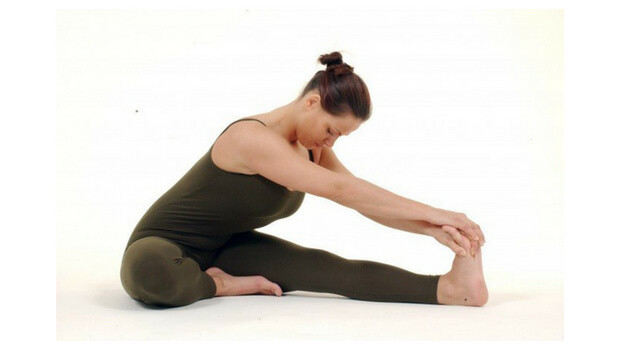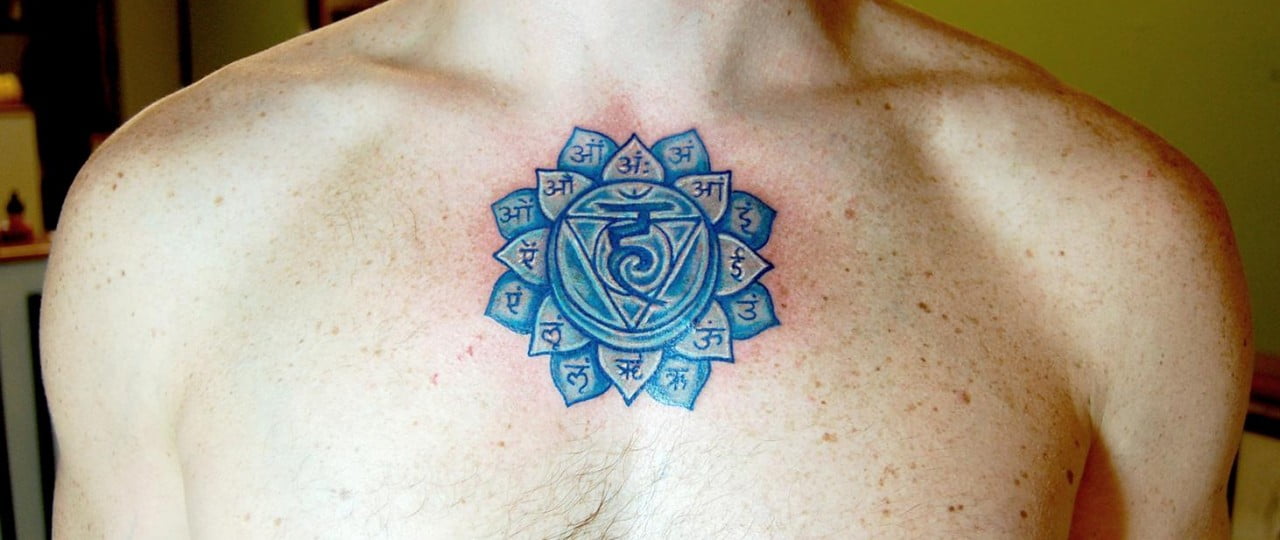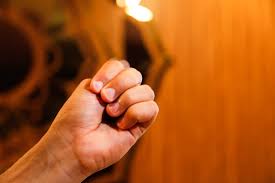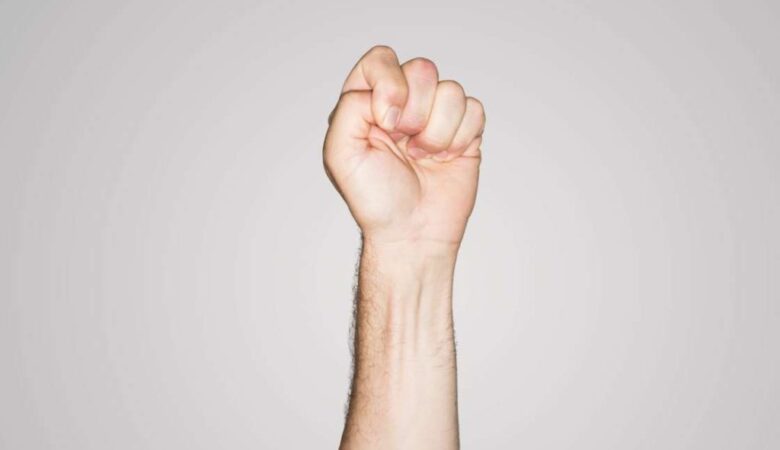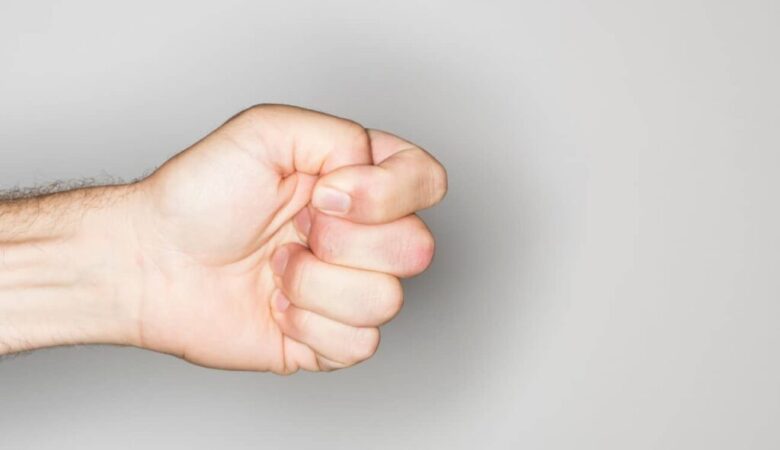Maha Mudra is a powerful yogic practice that integrates asana (posture), pranayama (breath control), mudra (gesture), and bandha (energy lock). It’s often taught in Hatha Yoga and mentioned in ancient texts like the Hatha Yoga Pradipika. So, see below how to do Maha Mudra.
Table of Contents
How to Practice Maha Mudra:
Here is a step-by-step detail on how to do Maha Mudra…
Step 1:
Sit in Dandasana (legs extended forward). Keep the spine erect. Relax your body and calm your breath.
Step 2:
Bend the left knee and place the heel against the perineum (like in half Vajrasana). Keep the right leg straight. The right foot should be flexed (toes pointing up).
Step 3:
Hold the big toe of the right foot with both hands, or rest palms on the knee or shin if you can’t reach. Inhale deeply. On exhale, do Jalandhara Bandha (chin lock) by tucking the chin into the chest.
Simultaneously, do Mula Bandha (contract the pelvic floor muscles). Shambhavi Mudra (gazing at the eyebrow center) can also be added if comfortable.
Step 4:
Retain the breath as long as comfortable (don’t strain). Focus awareness on the spine or the third eye.
Step 5:
Release the bandhas. Inhale slowly, release the chin lock. Relax and breathe normally.
Step 6:
Straighten the left leg, bend the right leg (heel to perineum), and repeat.
Duration:
- Begin with 30 seconds per side and gradually increase to 2–3 minutes.
- Practice 3 rounds per side if possible.
Benefits Of Maha Mudra:
- Stimulates kundalini energy.
- Balances ida, pingala, and sushumna nadis.
- Enhances digestion, concentration, and inner calm.
- Tones pelvic organs and nervous system.
Precautions:
- It should be practiced on an empty stomach.
- Best learned under the guidance of an experienced teacher.
- Avoid if you have severe back problems, hypertension, or glaucoma.
Who can practice Maha Mudra?
- Anyone in good general health can learn it.
- Avoid if you have serious spinal issues, heart conditions, glaucoma, or are pregnant.
- Best suited for intermediate to advanced yoga practitioners.
FAQ:
Q. What is the meaning of Maha Mudra?
A. Maha means “great,” and Mudra means “gesture” or “seal.” Maha Mudra is called the “great seal” because it harmonizes prana (life energy) and awakens spiritual potential.
Q. Can beginners try Maha Mudra?
A. Yes, under guidance. Start with simpler variations and shorter holds. Focus first on learning basic bandhas (Mula Bandha, Jalandhara Bandha).
Q. When should I practice it?
A. Early morning on an empty stomach is ideal. Before meditation or pranayama sessions.
Q. How often should I practice it?
A. Start with 3–5 days a week, 2–3 rounds per side. Over time, daily practice is possible.
Q. What should I feel during the practice?
A. A sense of internal stillness, spinal awareness, and energy movement. If uncomfortable or dizzy, release immediately.
Q. Is it a meditation or a physical posture?
A. It’s both. It combines asana, pranayama, bandha, and meditative awareness. It’s a total yogic practice.
Q. Can it awaken Kundalini?
A. Yes, traditionally it’s used as a method to purify nadis and awaken Kundalini, especially when combined with advanced pranayama and mudras.
Q. Should it be done before or after pranayama?
A. Usually done before or integrated with pranayama (like Nadi Shodhana or Bhastrika). Also effective as a warm-up to meditation.

